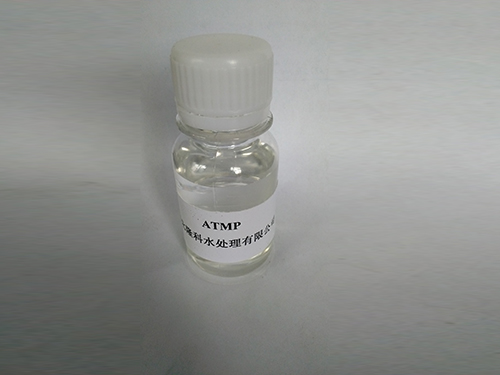polyacrylamide formation
Understanding Polyacrylamide Formation A Comprehensive Overview
Polyacrylamide (PAM) is a widely utilized polymer, celebrated for its versatile applications spanning various industries, including agriculture, wastewater treatment, and pharmaceuticals. The process of its formation is crucial to understanding its properties and uses. In this article, we will delve into the formation of polyacrylamide, examining the chemical processes involved, the types of polyacrylamide, and their practical applications.
The Chemical Basis of Polyacrylamide Formation
Polyacrylamide is synthesized through a polymerization reaction involving acrylamide monomers. This reaction is typically initiated through radical polymerization, where an initiator, such as potassium persulfate or ammonium persulfate, is used to generate free radicals. These free radicals initiate the formation of acrylamide chains by propagating the reaction, which leads to the creation of a high molecular weight polymer - polyacrylamide.
The basic chemical structure of acrylamide is that of an amide group (-C(O)NH2) attached to a vinyl group (-CH=CH2). When two acrylamide molecules react, they form a dimer. Multiple such reactions yield longer chains, thus forming the backbone of polyacrylamide. Notably, the polymerization can be controlled to obtain different molecular weights, which significantly influence the polymer's properties.
Types of Polyacrylamide
Polyacrylamide can be categorized into several types based on its charge properties anionic, cationic, and non-ionic.
1. Anionic Polyacrylamide This variant has negatively charged groups and is primarily used in applications such as soil conditioning and flocculation in wastewater treatment. It enhances water retention in soil and promotes the effective removal of suspended particles.
polyacrylamide formation

2. Cationic Polyacrylamide With positively charged groups, cationic PAM is particularly effective in water treatment processes, especially in the clarification of drinking water and in the paper industry for retention and drainage improvements.
3. Non-ionic Polyacrylamide Lacking any charge, this type is often used in various applications where ionic interactions are not required, such as in pharmaceuticals and enhanced oil recovery.
Applications of Polyacrylamide
The versatility of polyacrylamide stems from its tunable properties, making it suitable for numerous applications across different fields. In agriculture, it is commonly used as a soil conditioner to reduce erosion and enhance water retention, particularly in arid regions.
In the wastewater treatment industry, polyacrylamide plays a crucial role as a flocculant, helping to aggregate suspended solids into larger particles for easier removal. Its capacity to improve sedimentation rates is vital for maintaining clean water bodies.
In the field of pharmaceuticals, modified forms of polyacrylamide are utilized in drug delivery systems due to their biocompatibility and controlled release capabilities. These properties make them suitable for developing hydrogels and scaffolds for tissue engineering.
Conclusion
The formation of polyacrylamide is a fascinating chemical process that yields a polymer with a wide array of uses across many industries. Understanding its synthesis and types can offer insights into its functionalities and practical applications. As research continues to expand, the potential of polyacrylamide in new fields is boundless, making it an important substance in both current and future technological advances. As we navigate environmental challenges and seek sustainable solutions, the widespread application of polyacrylamide remains instrumental in addressing such issues effectively.
-
lk-319-special-scale-and-corrosion-inhibitor-for-steel-plants-advanced-solutions-for-industrial-water-systemsNewsAug.22,2025
-
flocculant-water-treatment-essential-chemical-solutions-for-purification-processesNewsAug.22,2025
-
isothiazolinones-versatile-microbial-control-agents-for-industrial-and-consumer-applicationsNewsAug.22,2025
-
scale-inhibitor-key-solutions-for-water-system-scale-preventionNewsAug.22,2025
-
organophosphonates-versatile-scale-inhibitors-for-industrial-water-systemsNewsAug.22,2025
-
scale-and-corrosion-inhibitor-essential-chemical-solutions-for-water-system-maintenanceNewsAug.22,2025





